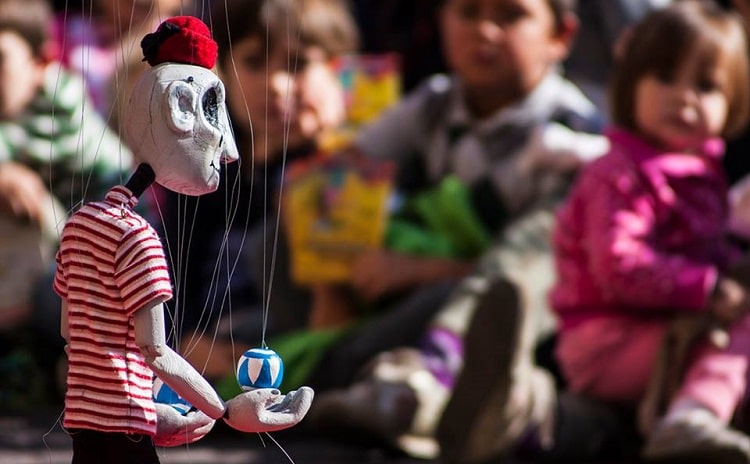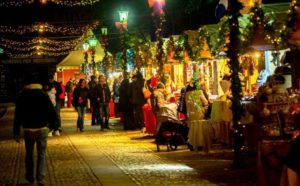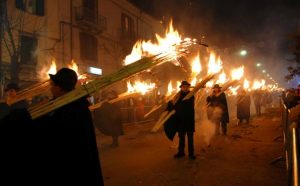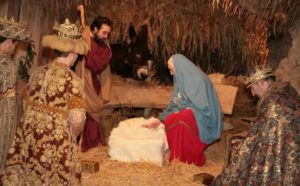In the heart of the city of Ravenna, a few steps from Piazza del Popolo, the Puppets House preserves and exhibits the precious collection of Monticelli family, an art family active in the “puppetry” since 1840, for 5 generations. .
The Monticelli Collection includes show materials from the Italian tradition of marionettes and puppets theater and is made up of 150 puppets, 63 marionettes, 132 sets, 150 handwritten scripts and numerous touring materials (photos, posters, licenses, announcements, critiques).
The museum is managed by Teatro del Drago, the stage name of Monticelli family theater company. The Teatro del Drago is promoting guided tours to the collections, organizing traditional puppet shows in Emilia Romagna, workshops for puppets, marionettes and dolls crafts, and stage materials, workshop for teachers (historical and practical) on puppetry.
USEFUL INFORMATION
Visits to the Puppets House by reservation only
For the opening hours visit the website>>>
For booking please call +39 392 666 4211 or send an email>>
Short story on marionettes, puppets and the materials exhibited in the museum
The marionettes
The marionette is puppet made of wooden, cloth or other material. The body is articulated and is moved from above with wires connected to a wooden cross (or sling bar), supported by one or more puppetists.
The Marionette Theater was once considered a show reserved to the refined public. That is why until the end of the eighteenth century almost all the Italian aristocratic families owned a puppet theater at home, where the companies put on their shows by adapting dramas, epic poems and lyrical works.
After the French Revolution, the marionettes ceased to be an attraction only to the aristocracy and turned to a bourgeois public. From the nineteenth century resident and wandering companies appeared with shows available to the big public who could not afford to attend the great opera houses.
The puppets
The puppet is made up of three parts: head and hands usually made of wood, papier-mâché, clay and cloth. The puppeteer, hidden in the shack (or hut or castle), moves the puppet from below with his hand under the suit, and speaks in the voice of the puppet.
The Puppet Theater established itself after the French Revolution and undermined of Commedia dell’Arte masks and their repertoire. In the Nineteenth century, puppets become a popular attraction in the squares of cities involving people of all ages.
The stage sets
132 sets are part of the collection, starting from those belonging to the progenitor Ariodante Monticelli and to Picchi family in the first half of the nineteenth century. Some were set for the puppet theater, with measures reaching 6-7 meters wide and 3-4 meters high;
The handwritten scripts
The collection exposed around 130 scripts, mostly manuscripts. The oldest ones were created by Ariodante, others by Vittorio, Otello, Vasco, William. And there are scripts belonging to Genoveffa and Agostino, to the Picchi Brothers’, to Yambo puppet companies, and some of unknown author.
Photos from the Facebook page of the museum
DO YOU WANT TO KNOW FURTHER CURIOUS MUSEUMS?
See a selection of Theme Museums throughout Italy>>>









